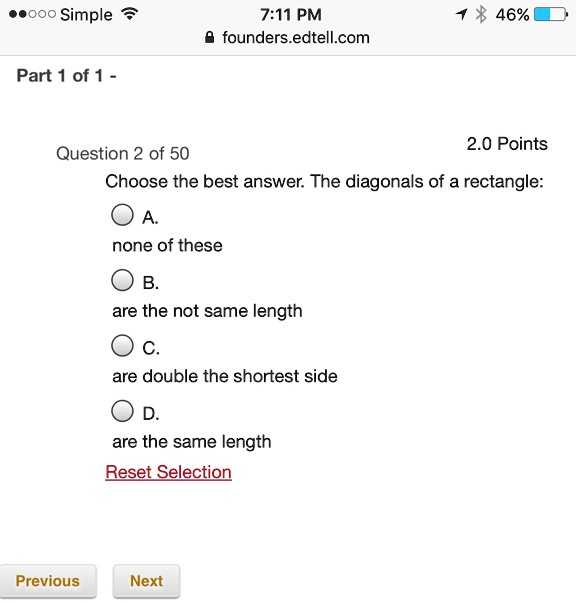Fast Edtell Sakai Answers & Solutions
Is the digital age reshaping education in ways we never imagined? Absolutely. The rise of online learning platforms, AI tutors, and instant access to information has fundamentally altered how we approach learning.
From grappling with online quizzes to seeking quick solutions for summer school assignments, students are navigating a new educational landscape. The snippets of online searches, questions about atomic structure, and queries about scientific experiments reveal a thirst for knowledge, blended with the pragmatism of todays fast-paced world. This digital shift presents both opportunities and challenges, forcing us to rethink the very fabric of teaching and learning.
| Aspect | Details |
|---|---|
| Name | Digital Learning & the Modern Student |
| Description | Exploring the impact of online resources, AI, and digital platforms on student learning habits and educational outcomes. |
| Key Trends | Increased use of online learning platforms, AI-powered tutoring, micro-learning modules, and instant information access. |
| Challenges | Maintaining academic integrity, ensuring equitable access to technology, bridging the digital divide, and fostering critical thinking skills in a digital environment. |
| Opportunities | Personalized learning experiences, access to global educational resources, increased flexibility and accessibility, and the development of new digital literacy skills. |
| Reference | EdSurge |
The quest for efficiency is palpable. "Don't want to spend hours working on a summer school course? Use this to do it way quicker!" This sentiment echoes the desire for streamlined learning experiences, a demand met by platforms like Edtell Sakai and others offering quick answers and study guides. But does speed equate to genuine understanding? This is the crucial question educators and students must confront. The snippets also highlight the prevalence of online resources for academic assistance. McDougal Littell answers for algebra, atomic structure explanations, and the intricacies of ion concentration experiments are all just a click away.
This easy access to information is a double-edged sword. While it democratizes knowledge and empowers students with self-learning tools, it also presents the temptation of shortcuts and plagiarism. The challenge lies in fostering a culture of learning where digital resources are used ethically and effectively, promoting deeper understanding rather than mere information acquisition. The fragmented nature of the search queries reveals the non-linear way students often engage with information online. Jumping from algebra problems to atomic theory to emergency medical services underscores the interconnectedness of knowledge in the digital age. This also presents a challenge for educators: how to create cohesive learning experiences that connect these disparate threads of information into a meaningful whole.
The mention of emergency medical services introduces another dimension to the discussion. The search for information related to EMS education, certifications, and mental health reveals the breadth of topics students explore online. This highlights the potential of the internet as a vast resource for diverse learning interests, extending beyond traditional academic subjects. The recurring theme of "edtell sakai" suggests the platform's prominence in online learning, likely used for various courses and subjects. The specific instructions on navigating the platform ("click the correct answer click question progress") offer a glimpse into the user experience and the potential technical hurdles students encounter. These seemingly mundane details underscore the importance of user-friendly design and intuitive navigation in online learning environments.
The snippets also reveal the frustration of encountering blank screens and technical difficulties. This reinforces the need for robust and reliable online learning platforms that can handle the demands of a growing user base. The search query "We did not find results for: Check spelling or type a new query" speaks to the common experience of online research. Developing effective search strategies and critical evaluation of online information are essential skills for students navigating the digital world. The questions about atomic structure "What is an atom? What particles are atoms composed of?" represent a fundamental inquiry into the building blocks of matter. This reflects the ongoing relevance of core scientific concepts in a world increasingly dominated by technology. The question about enthalpy change and the specific heat capacity of water further underscores the role of online resources in supporting science education.
These snippets paint a vivid picture of the digital age student, juggling multiple online platforms, searching for quick answers, and grappling with complex scientific concepts. They underscore the transformative impact of technology on education, highlighting both the immense potential and the inherent challenges. Navigating this new landscape requires a collaborative effort from educators, students, and technology developers to create learning experiences that are engaging, effective, and ethically sound.
The future of education lies in harnessing the power of technology while fostering critical thinking, creativity, and a genuine love of learning. The snippets offer a glimpse into this evolving future, a future where the boundaries of the classroom are blurred and the pursuit of knowledge is empowered by the digital world.


